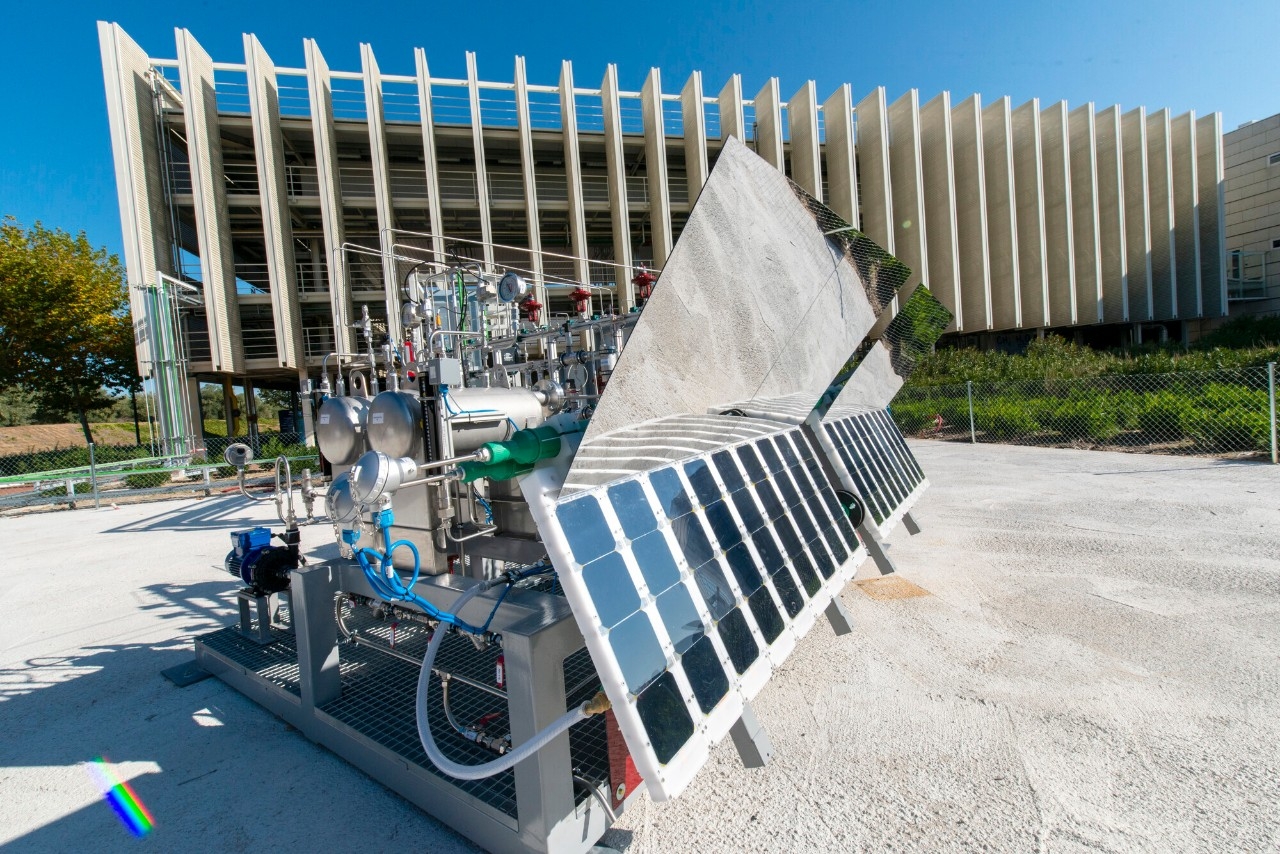Autor
Mariano Marzo
Emeritus Professor of the University of Barcelona

Authored by:
Cátedra de Transición Energética en la Universidad de Barcelona

Not long ago, we assumed that reducing greenhouse gas emissions (by improving efficiency and decarbonizing the energy matrix) to pre-industrial levels would be enough to protect the world from the consequences of climate change. We now know that it will take a lot more than that. To prevent environmental and economic disaster, many experts support the idea that in addition to reducing net global emissions to zero, we also have to make a concerted effort to achieve negative emissions. So, on top of putting an end to emissions, we must also remove billions of tonnes of accumulated carbon dioxide (CO2) from the atmosphere. In other words, we don't only need to stop creating rubbish, but we also need to pick up all the rubbish we've left around in the past.
Achieving large-scale negative emissions has become a basic requirement for fighting climate change. Progress in that direction cannot be put off if the world really intends to limit the global temperature increase to 1.5°C, a figure considered by many scientists as the limit we must not pass if we want to preserve life on our planet as we know it. To stay far from reaching that limit, we must set very strict carbon controls that mark the maximum amount of CO2 that we can emit into the atmosphere without increasing global warming above the temperature mentioned above. Using current global emissions as a base calculation (more than 36 billion tonnes in 2018), some scientists estimate that the scenario of 1.5°C would only permit five or ten more years of CO2 emissions. After that point, and only to maintain a balance of zero emissions, each additional tonne emitted would require removing an equal amount of gas from the atmosphere.
How can we do it? There is no other option but to implement, on a large scale and as low cost as possible, an array of carbon capture, use, and storage technologies (CCUS). The underlying idea of these technologies is to remove excess CO2 from the atmosphere by adhering this process to a circular economy framework where the recovered CO2 can be converted into raw material for the production of new added-value products. This transformation from waste to resource is based on the premise of recovering waste by setting a price on CO2 emissions. The knowledge on the subject and the technology already exist. From there, innovation and the economy of scale will cut costs. Is it just a fantasy? Think about the state of solar energy in 2005 and how in 15 years, history has completely changed.
In what stage of development are these technologies and what are our expectations for them?
Some estimates project that by 2050, the world will need to remove nearly 150 billion tonnes of CO2 from the atmosphere, which grows to nearly one trillion by 2100.
To do this, we would need to begin constructing hundreds of carbon capture and storage facilities per year after 2030. We're talking about creating huge machines to extract carbon dioxide from the air or developing bioenergy plants that burn wood—whose particular cultivation allows for its continuous replacement—in facilities that capture emissions and send them to be permanently stored deep underground.
Other less high-tech options include reforesting cleared land or expanding existing forests, improving the soil quality of farms and pastures to retain more carbon, and grinding and spreading certain types of rocks that absorb carbon dioxide.
However, the majority of the carbon capture methods are still in developmental phases. We've got to work on them and stop spreading the idea that we already have a solution to climate change.
Article published in La Vanguardia.



